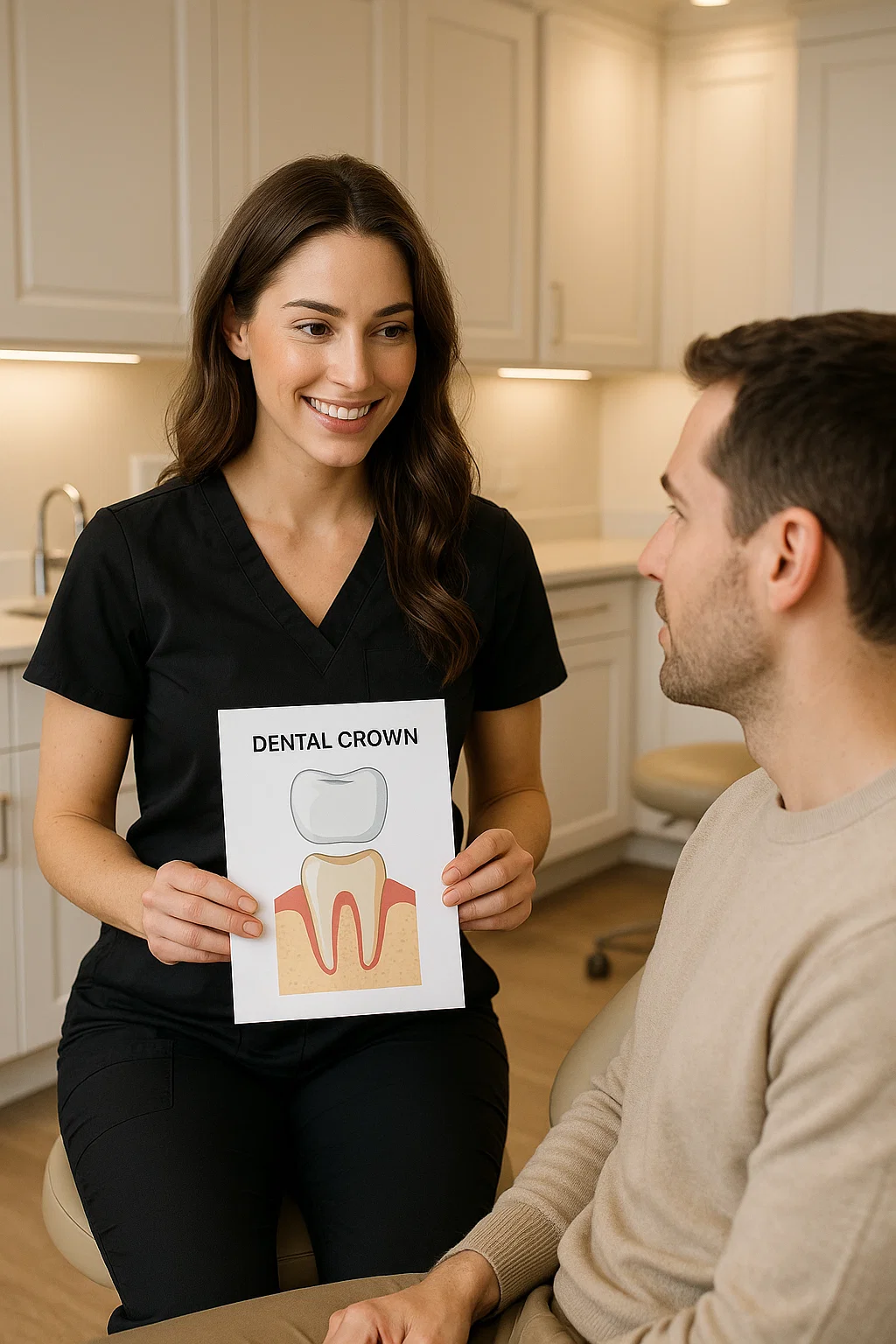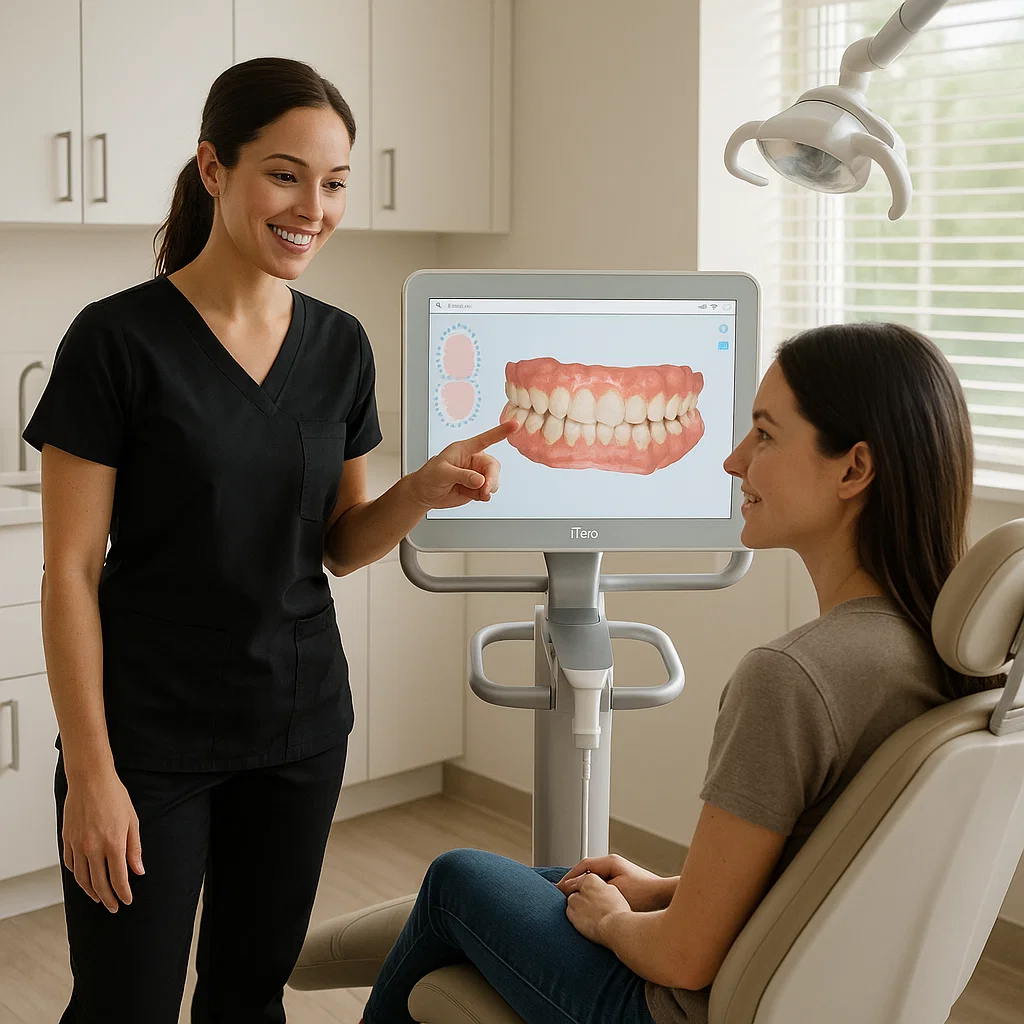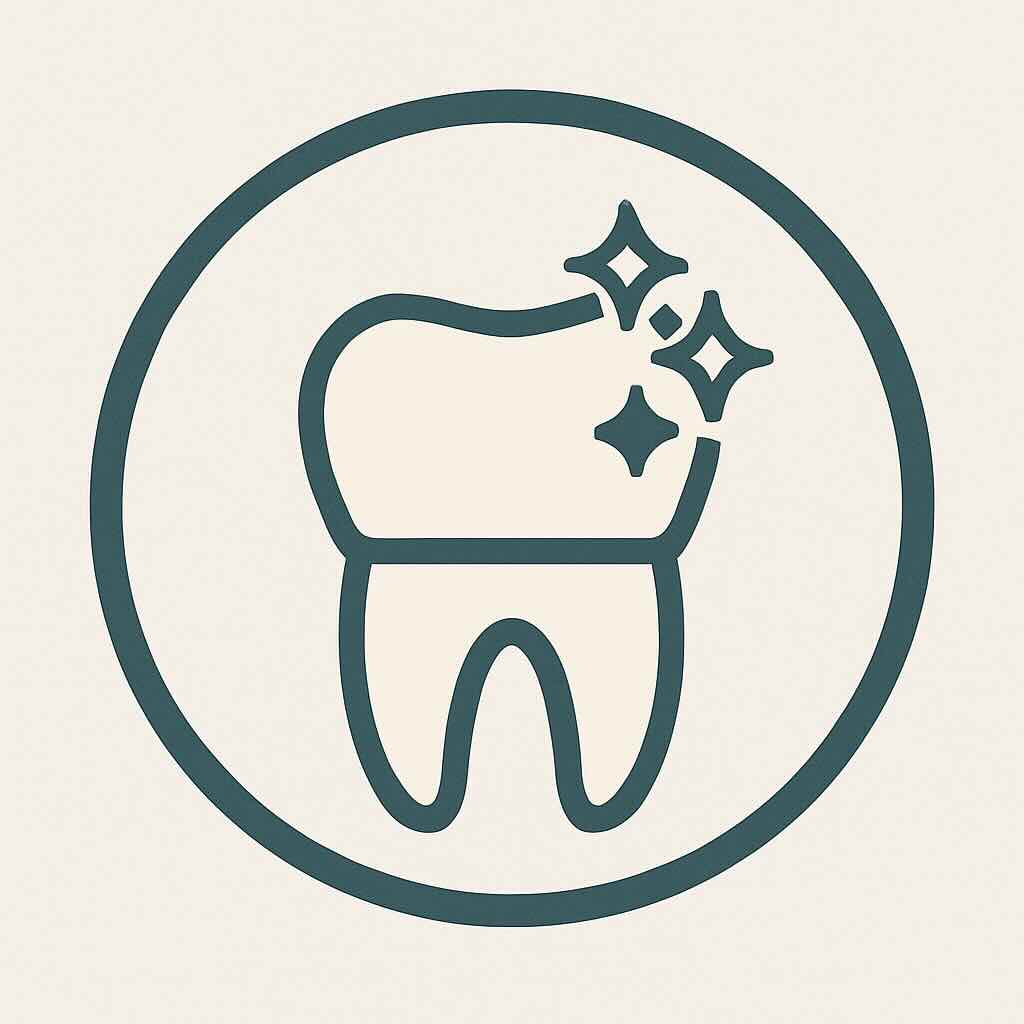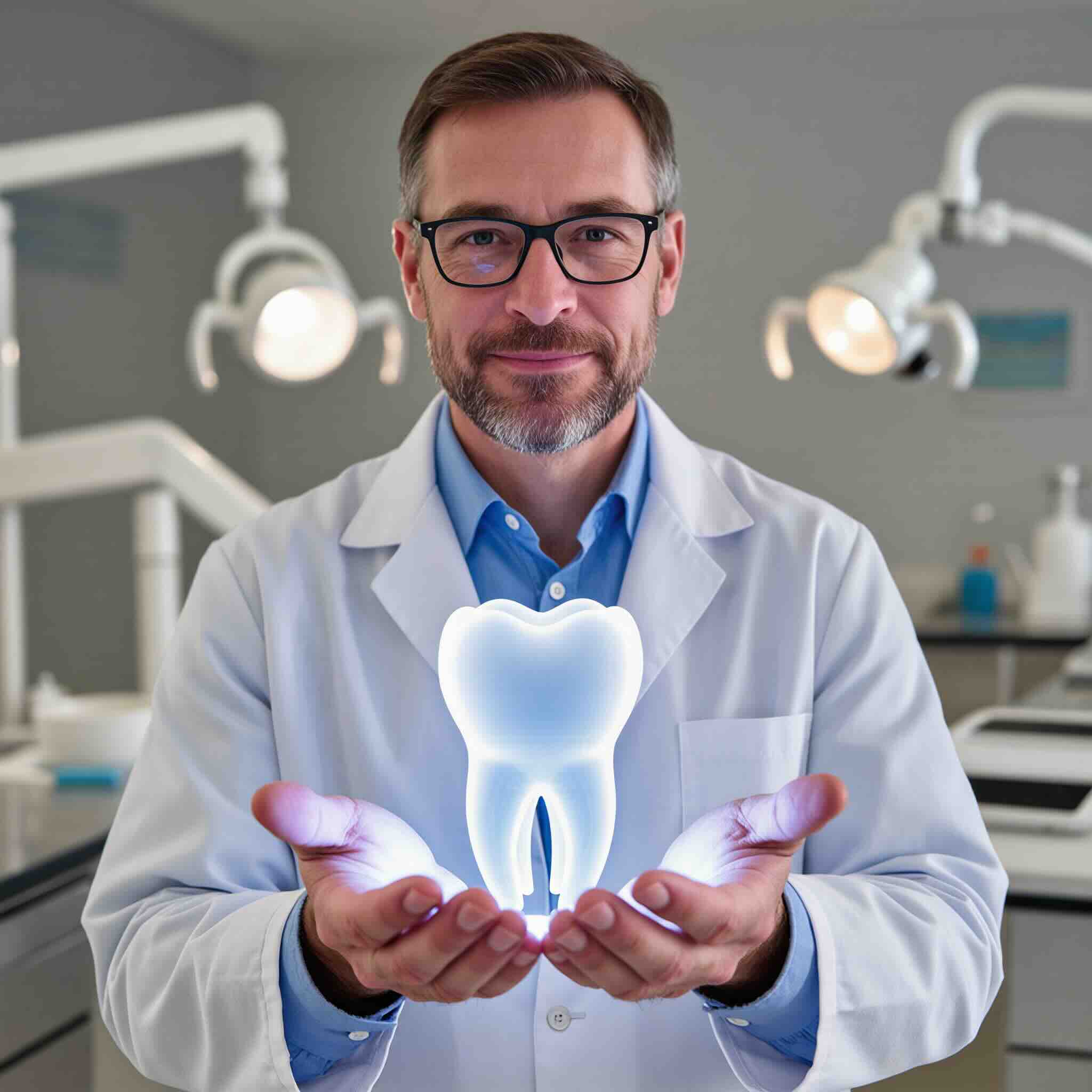When a tooth is too damaged for a filling, a crown restores its strength, function, and appearance.
At KYT Dental Services, we use advanced techniques and materials so your crown looks and feels like a natural tooth.


Crowns do more than cover a tooth — they protect it from breaking and restore its natural shape. A crown can:




Old standard, rarely chosen today
⚠️ Noticeable metallic appearance, especially on front teeth
⚠️ Can cause dark gum lines over time
⚠️ Strong, but less natural-looking
⚠️ May contain metal alloys that some patients prefer to avoid
Bottom Line: Metal crowns are durable but outdated — they protect teeth, but don’t blend naturally with your smile.

✨ Blends with your natural teeth for an invisible finish
✨ Strong enough for front or back teeth
✨ Metal-free and biocompatible
✨ Reflects light like natural enamel
Bottom Line: Porcelain crowns are the best balance of strength and beauty — protecting your tooth without compromising your smile.
Crown Appointment:
Final Crown Placement:





